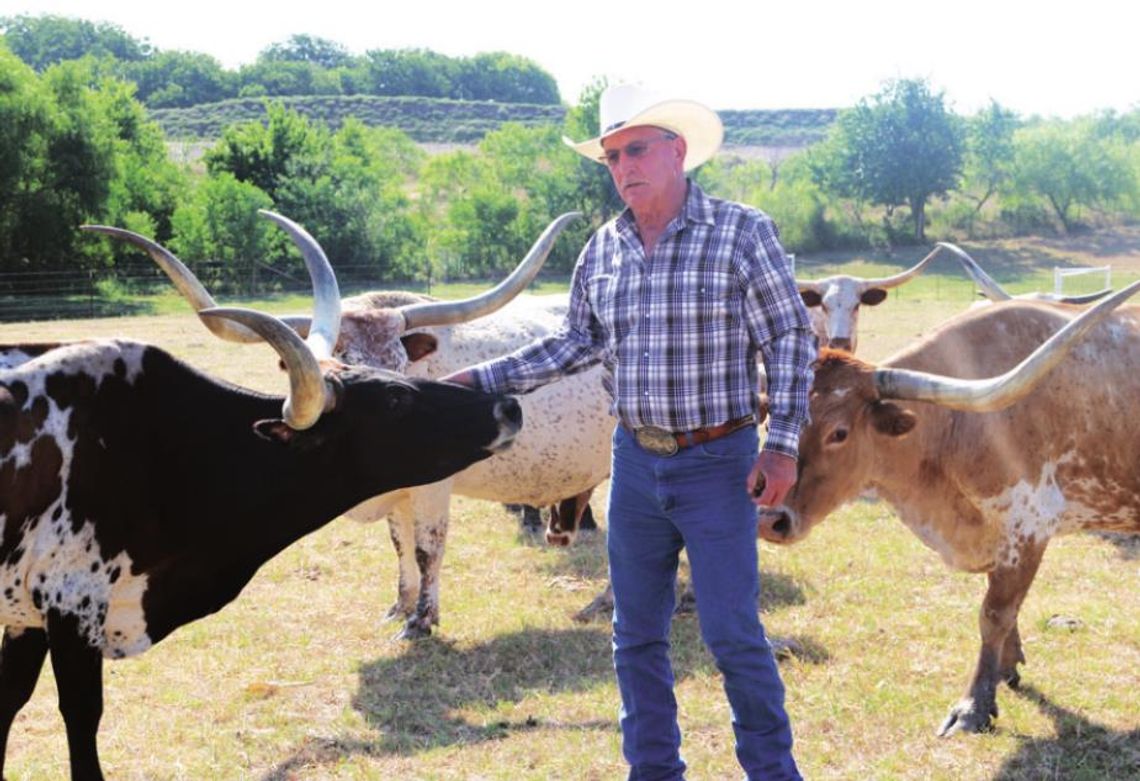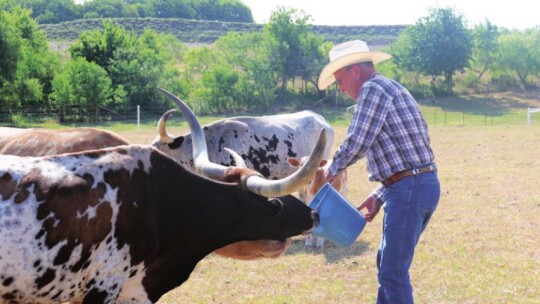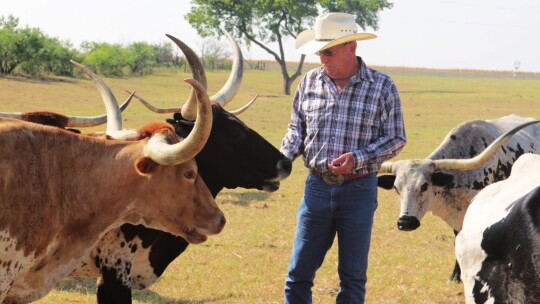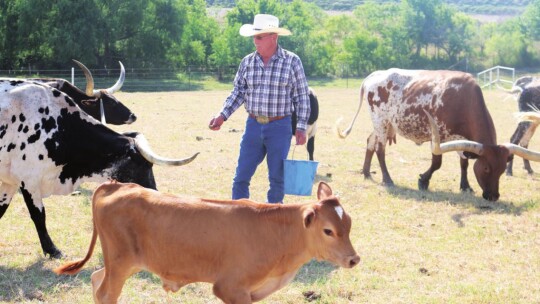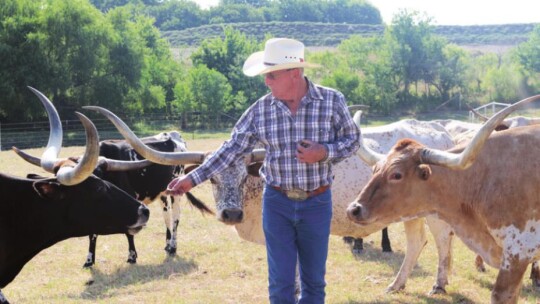TAYLOR – The Taylor Rodeo is an event that inspires all cowboys-atheart to bring out the straw hats, fancy snap shirts and cowboy boots. Western wear is a uniquely American cultural icon whose popularity spans the globe. Though some fashion details have changed, it is at its core apparel made for the difficult outdoor lifestyle of a cowboy.
Credited with creating the shirt style that gave early day television cowboys their identity, “Papa Jack” Weil, founder of clothing company Rockmount in Denver, Colorado, was the first to replace the buttons on a shirt with snaps. Cowboys were often missing thumbs (a hazard of roping cattle) and generally had rough, calloused hands that couldn’t easily fasten buttons. The snap shirt became a staple for ranch hands. The Rockmount legacy lives on through the founder’s grandson Steve Weil, who is now the company president and chief creative officer. “Western shirts did not exist at that point, just boots and hats primarily. The snaps were one of several design elements giving western its identity. Western shirts also had yokes and a slim fit to accentuate broad shoulders, flap pockets and smile pockets, embroidery and 3-snap cuffs with a sleeve placket,” Weil said. He said the traditional designs continue to be popular. “We have reintroduced many signature designs that we first made in the 1940s and 1950s.” Since he joined the company in the 1980s, Weil has taken the style around the world and Rockmount western shirts can be found in most countries.
Rockmount clothing has been worn in hundreds of movies and by countless rock stars including Elvis, Bob Dylan, Robert Plant and Eric Clapton. Rockmount western wear is featured in the TV series Yellowstone and the currently released Elvis movie, according to Weil.
Movies and celebrities influence the design of western wear. Many country musicians including George Strait, Garth Brooks and Jessica Simpson have their own clothing lines. Rodeo champions including Larry Mahan and Tuf Cooper have also found success in the western wear industry.
Nate Funmaker, owner of Nathaniel’s Custom Hats in Georgetown, says that the shape of a man’s hat at one time had meaning, but the influence of celebrities and of cultural exchange has changed it. “Seventy years ago what a cowboy wore was more about the regions where the cowboys came from and the job they did. You’d know a good roper by the style of his hat. Today it’s more about the preference for the style. What they call a vaquero hat today was originally a Basque sheepherder hat. The cool thing about it was that a lot of the sheep herders ended up in Nevada, and then a lot of cowboys up there started wearing it. It’s the hat Stevie Ray Vaughan wore, so it became even more popular,” he said.
Even a cowboy’s jeans have features that make them more functional for a lifetime spent in the saddle. In 1947, Wrangler partnered with celebrity tailor Rodeo Ben to create an authentic western jean, according to Wrangler’s historical records. The jeans feature an inverted U-shaped inseam that better fits the shape of the saddle and flat-sewn seams in the thigh to reduce chafing. Called the model 13MWZ, Wrangler had their new jeans tested in rodeos by the top cowboys of the time, and today’s rodeo cowboys are still wearing that same model. In 1974 Wrangler jeans became the first and still only western jeans officially endorsed by the Pro Rodeo Cowboy Association.
While denim jeans may be a straight-forward American innovation, the cowboy boot came to Texas as a hodgepodge of historic styles from around the world. In fact, there is no real consensus on whether the cowboy boot as we know it originated with the Huns or came to the U.S. through Mexico. According to Lucchese, who opened their bootmaking company in San Antonio in 1883, the modern cowboy boot has been influenced by multiple cultures over centuries of time.
Cobblers in Coffeyville, Kansas, are generally credited with producing the first U.S. cowboy boots in the 1870s, at the request of Texas trail drivers. The cowhands requested a narrow, reinforced arch for added sturdiness, higher heels for more stability in the stirrup and rounded toes to give ample room for feet that were in the boots through blazing sun and freezing rain from sun up to sundown. The undercut heel design came along later to help prevent the rider’s foot from slipping through the stirrups. Regardless of the level of embellishment and design, most cowboy boots still have the features needed for working on horseback.
Gloves, spurs, chaps, belt buckles and bandanas also played a part in the working cowboys’ life. While the movies often depicted cowboys wearing lots of fringe and embroidery, real working cowboys shaped the western wear industry with their need for functional clothing at an affordable price. Even after 150 years of change, today’s western wear still represents the values and life of the American cowboy.

